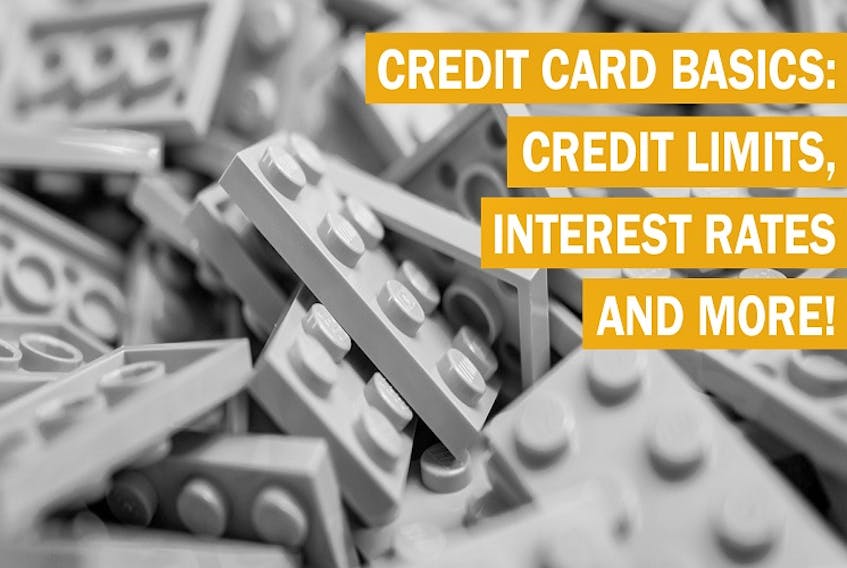Most people probably know what a credit card is. But there are a lot of other terms and words associated with credit cards that can range from complicated to down-right confusing. That’s why we’ve compiled a helpful and handy guide to some of the most common credit card terms.
APR
Short for Annual Percentage Rate, this is the rate charged to the amount borrowed on your credit card, expressed as a percentage.
Annual Fee
A yearly fee that is charged for having certain credit cards in your wallet. Not all credit cards have annual fees. The fee can range in price and typically includes access to other perks, points, or benefits above and beyond what you get with a standard, no-fee card.
Authorized User
An authorized user is somebody you’ve added to your credit card and given permission to make purchases. This is usually a family member or somebody else you trust. Your authorized user has their own card to make purchases, but may not have access to your full limit and is not responsible for making payments on the card (that’s still the primary user’s responsibility).
Balance
This is how much money you owe on your credit card.
Balance Protection Insurance
This is an optional insurance coverage that is designed to maintain payments or to pay off your balance owing in full in the case of disability or death.
Balance Transfer
A balance transfer is when you move the amount owing from one credit card to a new credit card.
Billing Cycle
Billing cycle refers to a date range captured on your credit card statement. Billing cycles for credit cards are monthly, but may not always start on the first and may not always end on the last day of the month. Your billing cycle can be found on your credit card statement.
Card Issuer
This is any company that offers credit cards. Typically, this is a financial institution.
Cash Advance
A cash advance is when you use your credit card to withdraw cash (or to make any kind of cash-like transaction, such as transferring money from your credit card into your chequing account). Interest is charged on cash advances right away and continues to accumulate until the cash advance is paid off in full. Cash advances are often subject to their own interest rates, which can be higher than the interest rate charged for everyday transactions.
Co-applicant
This is a joint holder on your credit card. If both you and your co-applicant have applied for the credit card together, you can both make purchases and take advantage of the perks of having a credit card. Both you and your co-applicant are responsible for the payments on the card and the card will show up on both yours and your co-applicant’s credit history.
Credit Limit
The maximum dollar amount you can spend on your credit card.
CVV/CVC
This is short for “card verification value” or “card verification code” and refers to the three digits on the back of your credit card. Your CVV is a security feature designed to protect you when making transactions online, as most online merchants will ask for the CVV to ensure that you physically have the card in hand.
Grace Period
Typically, when you make a purchase on your credit card, interest doesn’t begin to accumulate immediately. Instead, you get a grace period (usually a minimum of 21 days) to make payments before you are charged interest. If you pay off the full amount owing on your card before the end of your grace period, you will not be charged interest.
Interest Rate
This is the percentage of interest that is charged on any balance owing on your card after the grace period is up. Interest is calculated daily and charged to your card monthly. Interest rates can vary from card to card.
Minimum Payment
This is the smallest dollar amount that you can pay each month to keep your credit card account in good standing.
Primary Cardholder
This is the person who owns a credit card and who is responsible for making payments.
Statement
Your credit card statement is a detailed list showing all of your transactions during your billing cycle, along with your balance owing (as of your statement date), your minimum payment, and when your payment is due.
Transaction Fee
This is also known as a service fee or a convenience fee. Some merchants may charge a service fee when you use your credit card to make a transaction.









